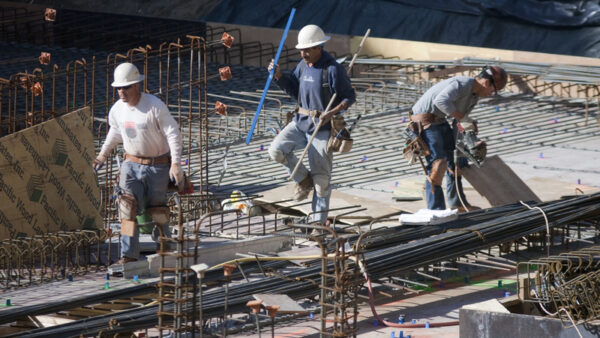A long-awaited study on the social and environmental impact of the proposed $50bn Nicaraguan canal by a British consultancy has been delivered and is now with the government of Nicaragua.
Details have not been released on the study, which runs to 2.75 million words. A government spokesman said only that it “offers potential benefits for the environment and the people of Nicaragua”.
Scientists in Nicaragua have called on the government to make the study available for public scrutiny, but the government appeared yesterday to avoid such a commitment.
The study by UK consultancy Environmental Resources Management (ERM) will be discussed by an “inter-institutional commission” this month before being voted on by the canal commission in July, Telemaco Talavera, spokesman of the government canal commission, said.
“In summary, ERM says that the project offers potential benefits for the environment and the people of Nicaragua,” Talavera told state media, without giving more details.
The 278km canal, which the Nicaraguan government says will be operational by 2020, would be one of the world’s most ambitious infrastructure schemes if it goes ahead.
Hong Kong-based HK Nicaragua Canal Development Investment Co (HKND Group), which is controlled by Wang Jing, a Chinese businessman, owns the concession to build and operate the canal.
Professor Jorge Huete-Pérez, vice president of the Academy of Sciences for Nicaragua, told GCR that scientists in the country are concerned about the environmental impact of the canal, and called for international backing to ensure that impact assessments are conducted according to international standards, and are made public.
“For some reason the government handles this in a very secret way. It only puts out information that they want you to know,” said Huete-Pérez, who is also director of the Molecular Biology Center at the University of Central America.
“The opposition to this is growing and I think it’s as a result of the lack of transparency and a lack of information,” he said in an interview with GCR.
In February 2014, Huete-Pérez, along with German zoology professor Axel Meyer, wrote an article in the journal, Nature, warning that the canal could create an “environmental disaster in Nicaragua and beyond”.
ERM spokesman Manuel Roman said on state media that the company was not for or against the project, adding that the study had highlighted the potential challenges of the scheme for the government and HKND to decide how to proceed.
HKND said in a statement that ERM completed the study after two years of work on 29 May. It comprises 14 volumes with 11,000 pages and up to 2.75 million words, HKND said.
It covers “a wide range of scientific disciplines, including geology, soil, groundwater, surface water, air, noise, vibration, marine, freshwater and terrestrial ecosystems,” HKND said, while the social study covers “social resources, community health and cultural heritage; together with local economy and employment”.
The completion of the study “marks another important milestone of the Nicaragua Canal Development Project and will play a significant role in promoting the project,” HKND said, adding that after the government reviews and approves the study, “it will be disclosed to the public as required by the Nicaraguan laws”.
In January, the US embassy in Managua said it was concerned by a lack of information surrounding the canal, calling for all relevant documents pertaining to the project to be made public.
Photograph: President of the Nicaragua Canal Commission, Manuel Coronel (third from left) and Nicaragua’s environment minister Juana Argeñal (far left) receive the environmental and social impact study from HKND’s Xu Changbao (second from right) and ERM spokesman Manuel Roman (far right).






